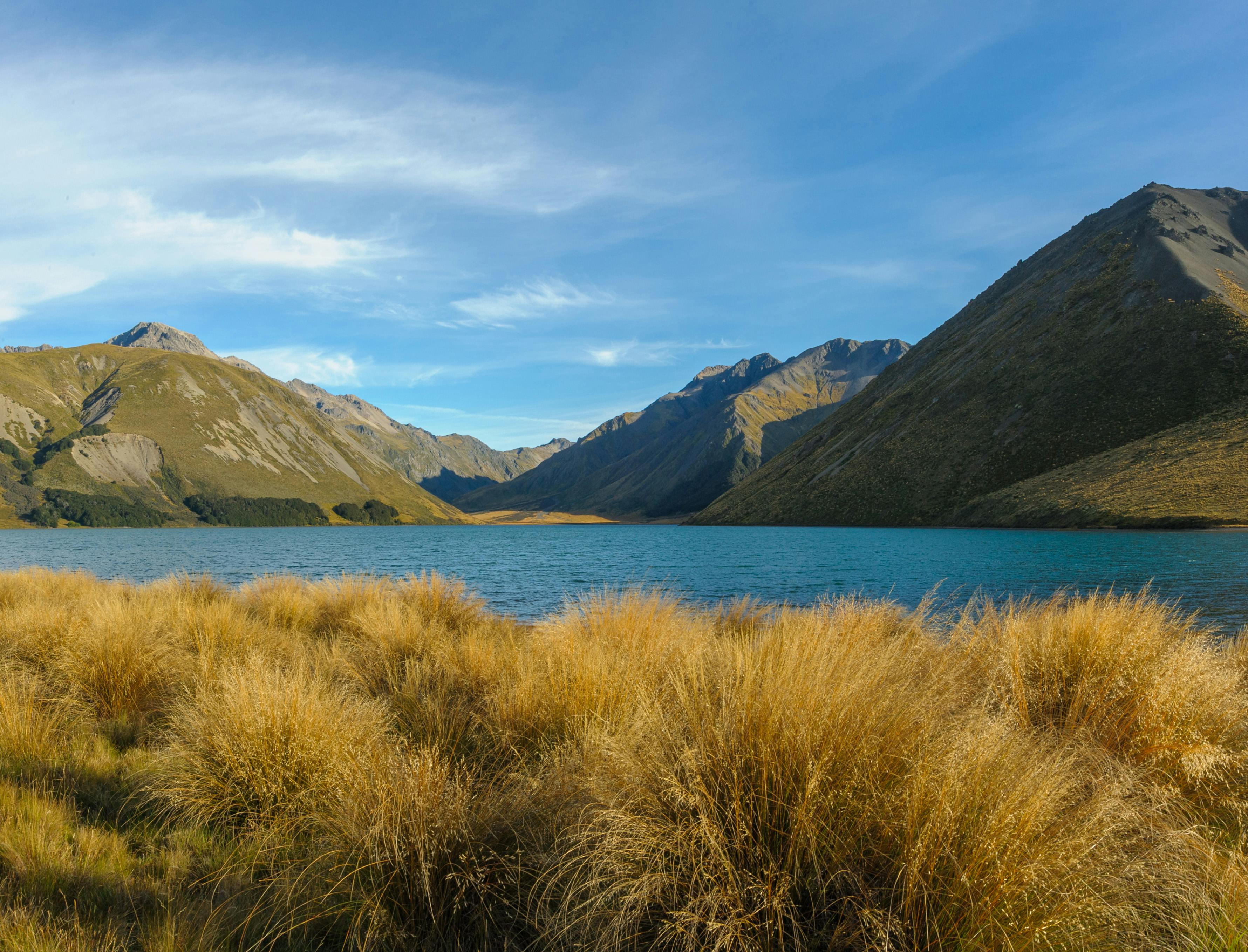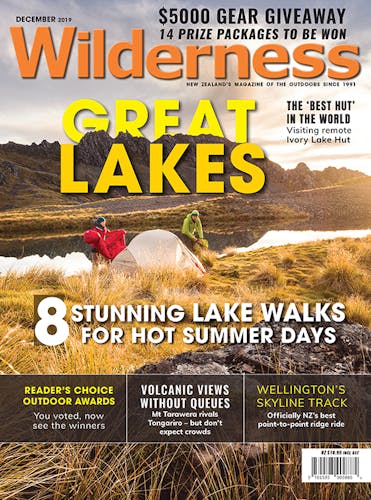Early mountaineers, inspired by the romantic poets of the 1700s, have named numerous peaks after them.
Mountains have always elicited a strong response from people, but not always the positive sentiments usually expressed by modern-day trampers and mountaineers. In fact, prior to the 18th century, mountains were often viewed disparagingly as ‘wastelands’, ‘God’s curse’, or even as ‘warts’ on the earth’s surface. It took the Romantic poets and writers of the late 1700s and early 1800s, and the early mountaineers, to reverse that point of view. Mountains became ‘sublime’.
When the first Pākehā explorers grappled with the wildlands of Aotearoa, they found struggle and hardship that didn’t always encourage romantic notions. Reverend Richard Taylor, for example, described Tongariro as ‘a world blasted by sin’.
Māori, of course, have an entirely different point of view, and revere mountains as sacred places of immense cultural importance. Many are considered to be tipuna, or ancestors – including the Tongariro summits.
Often enough, however, the records of Pākehā explorers express poetic sentiments, showing they too were awed by the mountains.
Perhaps the range most imbued with poetic names are the Spenser Mountains. These were named by William Travers, who in the 1860s took up a sheep run in the area. His favourite poet was the Englishman Edmund Spenser, whose epic verse the Faerie Queene precedes the romantic poets by some two centuries. The Spenser Mountains boast several names taken from characters in the poem, including Una, Duessa, Enid and Gloriana.
1 Spenser Mountains, Nelson Lakes National Park
The Spenser Mountains divide the Waiau and Matakitaki Valleys in the southern part of Nelson Lakes National Park and offer excellent tramping and climbing. Access is from the St James Walkway or upthe Matakitaki Valley from near Murchison. The Three Tarn Pass is the most common route over the mountains, but there are several other passes, too.
2 Lake Tennyson, St James Conservation Area
William Travers named Lake Tennyson after the poet Alfred Lord Tennyson. The surrounding peaks – Mts Princess Bath, Dora and Guinevere – come from Tennyson’s poems. His famous line, ‘To strive, to seek, to find, and not to yield’, from Ulysses has long been used as inspiration for Outward Bound students.
At Lake Tennyson, a pleasant roadside campsite offers a good base from which to explore the area, and a track leads up the lake’s true right into the headwaters of the Clarence River, where passes lead into the Paske and Sabine valleys.
3 Lake Coleridge, Canterbury
Lake Coleridge is named after the Romantic poet Samuel Taylor Coleridge who some writers credit with being the first rock climber for his daring solo ascent, in August 1802, of Scafell, in England’s Lake District. Coleridge is famous for such poems as The Rime of the Ancient Mariner and Kubla Kahn.
Lake Coleridge offers excellent kayaking and there’s also several tracks and summits on the surrounding mountains worthy of attention.
4 Matukituki Valley, Mt Aspiring National Park
The most famous New Zealand poet to have made a mark on the mountains must be James K. Baxter. In 1949–50, he tramped up the Matukituki Valley with photographer Brian Brake, painter John Drawbridge and composer Douglas Lilburn, planning to make a film about climbing Mt Aspiring. They never completed the climb, but Drawbridge made some of his best artwork from the trip, and Baxter wrote his well-known Poem in the Matukituki Valley, with its famous lines about ‘stumbling where the mountains throw their dice’. Trampers overnighting at Aspiring Hut are staying exactly where Baxter and his team spent several weeks.








